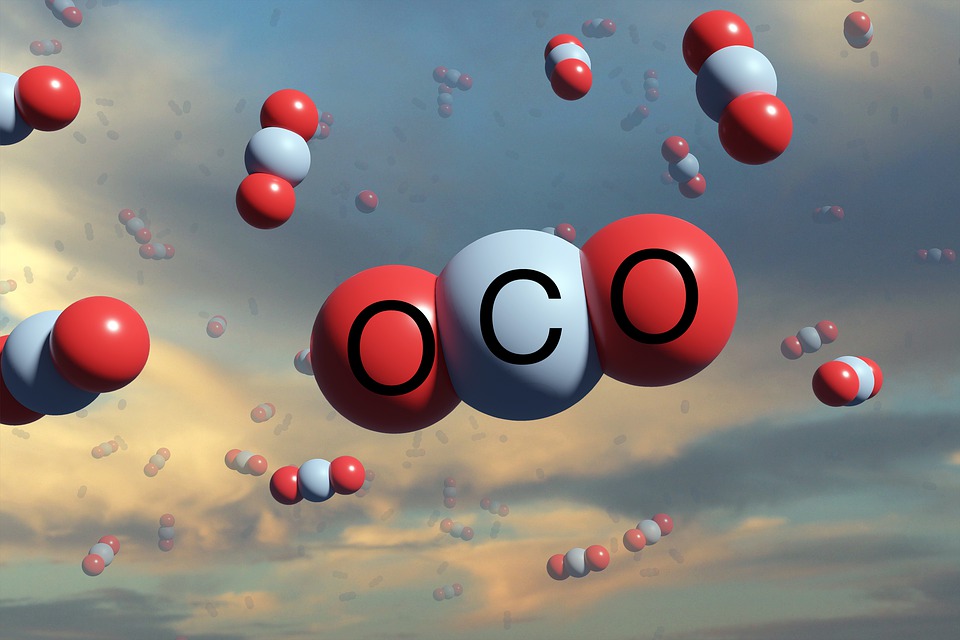In news
Global progress on the development of carbon capture and storage (CCS) technology from 2010-2020 was not on track to effectively control greenhouse gas (GHG) emissions and achieve net zero emissions to keep global warming below 1.5 degrees Celsius by 2050.
Target
- CCS technology’s target to restrict global warming to 2ºC aims to capture 400 million tonnes of carbon dioxide (CO2) emissions a year by 2025.
- It is unlikely to be met, according to a report by International Energy Agency (IEA).
Carbon capture utilisation and storage (CCUS)?
- CCUS technology is designed to capture CO2 emissions from combustion of fossil fuels. It can absorb 85-95 per cent of CO2 emissions in the atmosphere.
- The process starts with the capture of generated CO2, which undergoes a compression process to form a dense fluid. This eases the transport and storage of the captured CO2.
- The dense fluid is transported via pipelines and then injected into an underground storage facility. Captured CO2 can also be used as a raw material in other industrial processes such as bicarbonates.
CCS in India
- Commercial availability of CCS in India depends largely on successful implementation of the technology in industrialised countries, which is currently shoddy.
- The most crucial requirement of a long-term CCS strategy for coal-based power in India is a reliable CO2 storage capacity assessment for the country. At the moment, CCS technologies are not economically feasible.
- India’s Department of Science and Technology has established a national programme on CO2 storage research and, in August 2020, made a call for proposals to support CCS research, development, pilot and demonstration projects.
- This is part of the accelerating CCS technologies (ACT) initiative, for which India has committed one million euros to support Indian participants.
Why is CCS crucial?
- The United Nations Intergovernmental Panel on Climate Change’s (IPCC) Special Report on Global Warming presents four scenarios for limiting global temperature rise to 1.5 degrees Celsius: All require CO2 removal and three involve major use of CCS.
- The cement, iron and steel and chemical sectors emit carbon due to the nature of their industrial processes and high-temperature requirements. They are among the hardest to decarbonise. CCS can facilitate a just transition by allowing industries to make sustained contributions to local economies while moving toward net-zero.
- Enabling the production of low-carbon hydrogen at scale coal or natural gas with CCS is the cheapest way to produce low-carbon hydrogen.
Source: DTE





